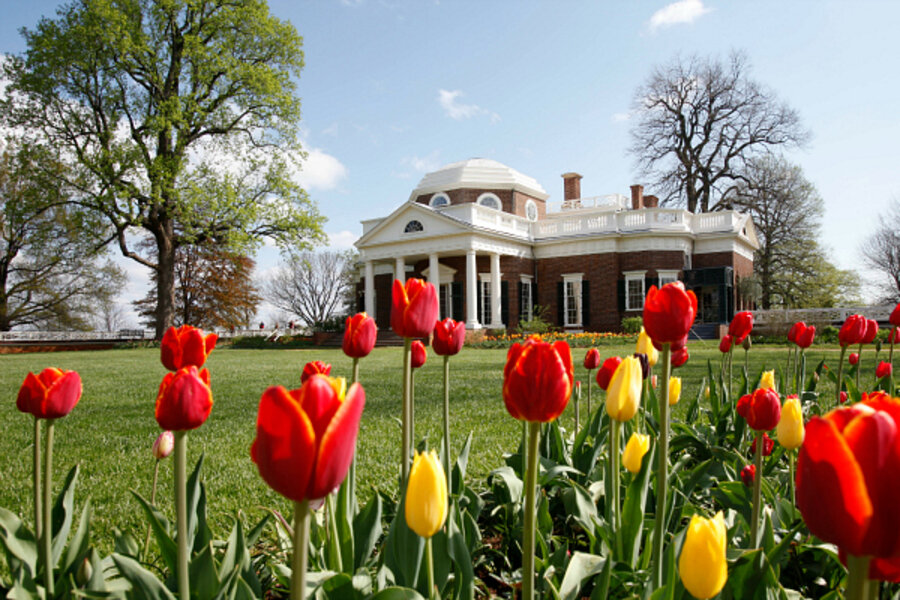$10M gift to restore slave quarters at Thomas Jefferson estate
Loading...
| Washington
One-time slave quarters will be recreated at former US President Thomas Jefferson's home, and more of the Declaration of Independence writer's living quarters will be restored using a $10 million gift from a philanthropist who has a keen interest in the nation's history.
Mulberry Row, the community where slaves lived on the Monticello plantation in Virginia, will be reconstructed. Monticello officials plan to rebuild at least two log buildings where slaves worked and lived and will restore Jefferson's original road scheme on the plantation. The gift will also fund the restoration of the second and third floors of Jefferson's home that are now mostly empty and will replace aging infrastructure.
David Rubenstein, the co-CEO of The Carlyle Group private equity firm, announced his gift Friday night. It is one of the largest ever to the Monticello estate.
Archaeologists and historians designing the project will follow a drawing Jefferson made in 1796, describing the material and dimensions of the log structures along Mulberry Row. Over the next two years, they plan to rebuild a structure described as being among "servants' houses of wood, with wooden chimneys and earth floors."
It's believed to have housed members of the extended Hemings family, who held important positions at Monticello. Most historians believe Sally Hemings, a slave, had a relationship with the third president and that he was the father of her six children.
"By bringing back the place, we bring back the people, and we're able to put a face on slavery," says senior curator Susan Stein. "It's actually the lives of people."
Rubenstein told The Associated Press he has become a student of Jefferson in recent years since purchasing several copies of the Declaration of Independence and came to admire the man who wrote that "all men are created equal."
"I think it's important to tell people the good and the bad of American history, not only the things that we might like to hear," Mr. Rubenstein says. "And the bad of it is that as great as Jefferson was, nobody can deny that he was a slave owner.
"I think if Jefferson were around today, he would say 'I would like to see Monticello restored as it was.' "
The gift follows major donations Rubenstein has made to preserve US history at former President George Washington's Mount Vernon estate, at the earthquake-damaged Washington Monument in the nation's capital, and elsewhere.
He said he's driven, in part, by concern that Americans don't know enough about their history.
Leslie Green Bowman, the president and CEO of the Thomas Jefferson Foundation, called Rubenstein's gift "transformational." It ranks among the top five gifts in the foundation's history since it purchased the estate in 1923 and began restoring Monticello for historical tours.
Monticello has been studying slavery for decades and has provided descriptions of slave life since 1993. Rebuilding sites where slaves lived and worked on Mulberry Row, though, represents a change to include even more African-American history.
"It's a huge step forward that we're including that story as an essential part of Monticello's history," Bowman says. "Jefferson did not live here in a vacuum."







